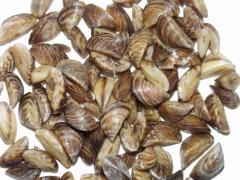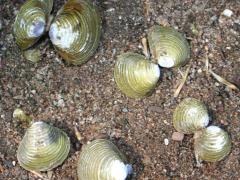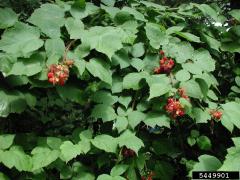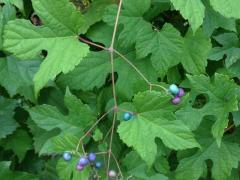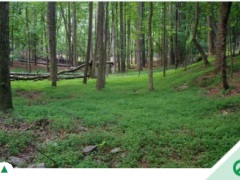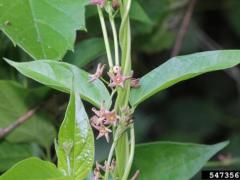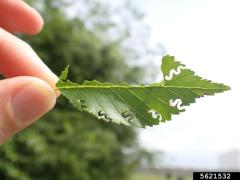Wineberry (Rubus phoenicolasius), also commonly known as wine raspberry, dewberry, and Japanese raspberry, is a perennial, deciduous shrub that is a member of the rose family (Rosaceae) and shares many characteristics of its close relatives in the genus Rubus, such as raspberries and blackberries. Like raspberry, wineberry has silvery underleaves, a fruit core that remains on the stem when the ripe fruit is picked, and thorns. It is differentiated from other similar species by the fine red hairs that grow densely on its stems and flowers, giving the plant a reddish hue. Its fruit is edible, sweet and somewhat tart, and is a sought- after ingredient in many baking and cocktail recipes.
